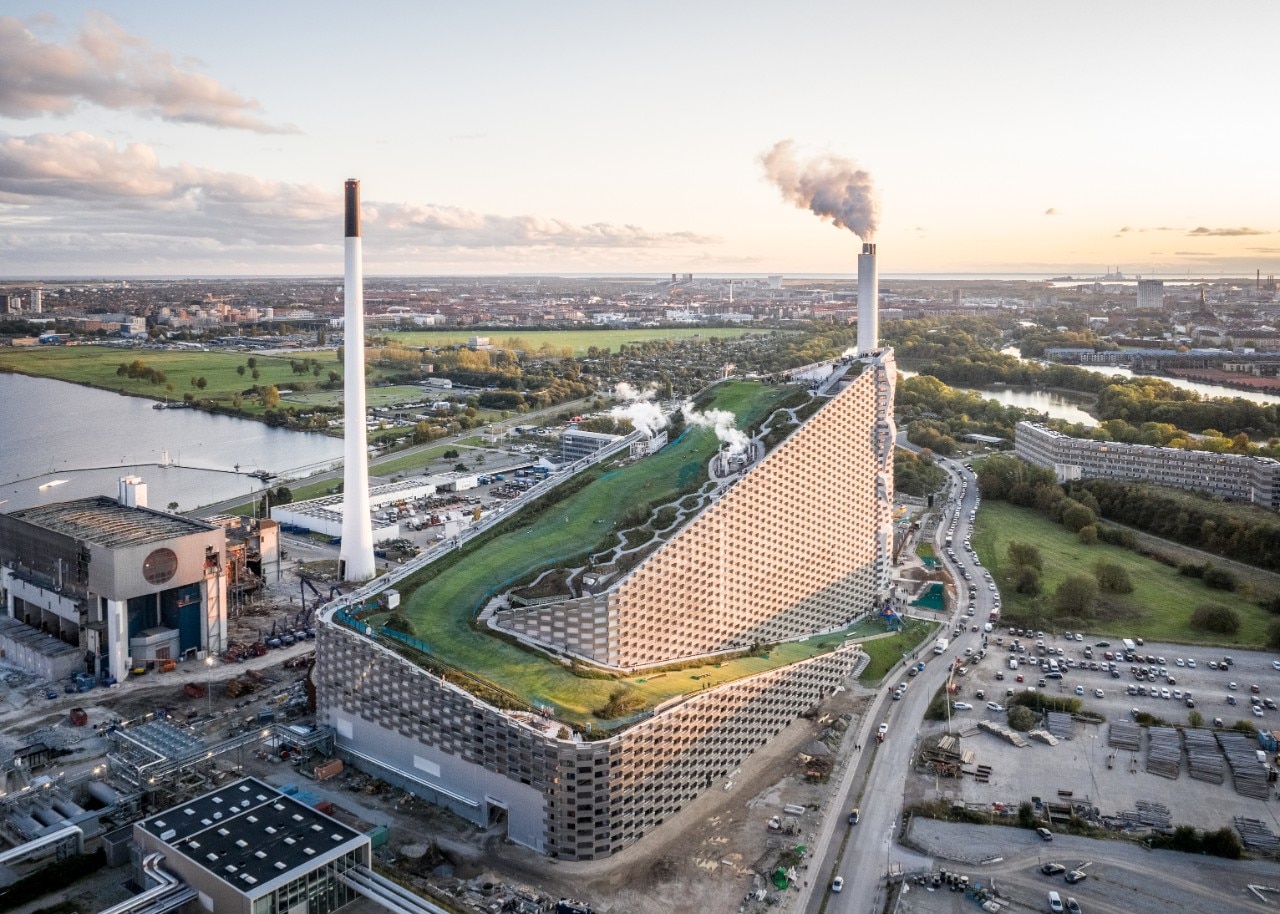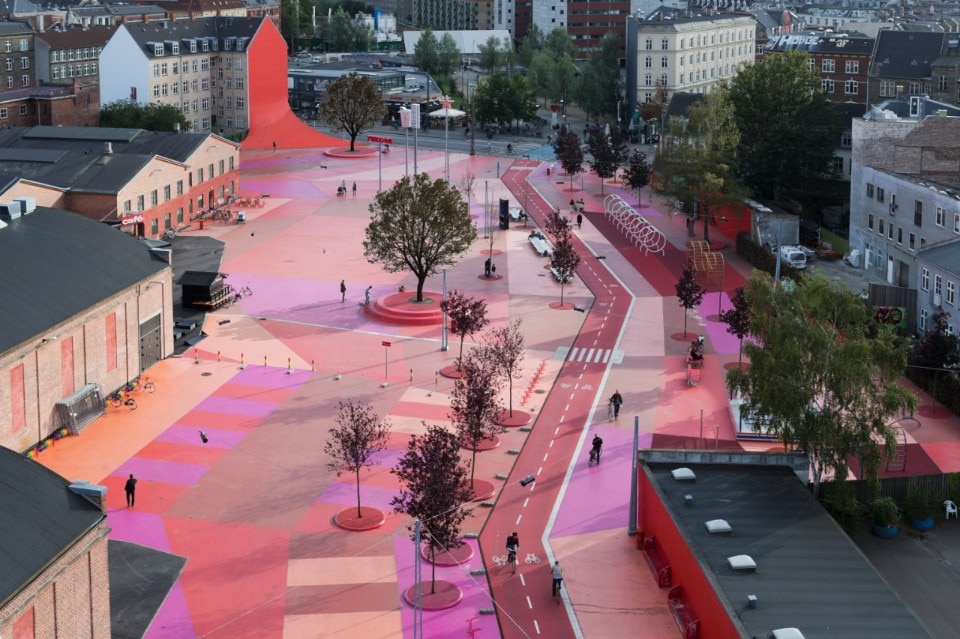He is 50 years old but seems to have already lived many lives. From enfant prodige in the studio of Rem Koolhas, to enterprising young architect in his first studio (Plot) with colleague Julian de Smedt, to global star-architect who in a short time has “metabolically” expanded his practice from 1 to 700 people, with offices today in Copenhagen, New York, London and Barcelona: Bjarke Ingels, Domus Guest Editor for 2025, is an interpreter of contemporary architecture combining an unquestionable creative talent with the playful verve of a Peter Pan and the astute marketing confidence of a Donald Draper (unpredictable and infallible advertising genius, protagonist of the iconic television series “Mad Men”, Editor's note).
And it is precisely this plurality of nuances that complicates providing an univocal definition of his profile; still, some connotating traits emerge decisively.
First, his playful and amused approach to design, typical of someone who adores his work, doing it joyfully and not too subtly modestly: after all, his studio is called “BIG” (which is also an acronym for Bjarke Ingels Group).
Secondly, his extraordinary communication skills, which range from publishing (his “Yes is More: An Archicomic on Architectural Evolution”, 2009, is a captivating comic-strip narration of his work) to documentaries (in “BIG Time”, 2017, he talks to filmmaker Kaspar Astrup Schröder about five years of his life).
Finally, an approach to compolexity by deconstructing it into simple elements, so that his works have nothing intellectual about them but rather spring from elementary schemes, aiming to immediate interpretation and absolute recognisability.
In the years BIG has accustomed us to the marvel generated by his volumetric euphorias, his disruptive plastic games and his geometric acrobatics among extrusions, rotations and torsions made possible by a parametric modelling push, useful tools to give shape to what he calls the “pragmatic utopia”: a vision of architecture asymptotically striving for the ideal but firmly anchored in reality, to respond concretely to the unavoidable needs of those who live in it (from accessibility to orientation, privacy, views, ventilation).
Domus has selected a few works that, over a period of almost twenty years, are particularly representative of his thinking: from housing projects (The Mountain, Sluishuis) to urban infrastructures (CopenHill, Superkilen), from architecture for culture (The Twist) and work (Google Gradient Canopy), to territorial masterplans (Gelephu Mindfulness City).
In the awareness that, as we write, Ingels' research is already pointing towards new goals, including cities on water (Oceanix City), 3D printed neighbourhoods (CODEX) and settlements on the Moon (Nasa Olympus) and Mars (Mars Science City).

















